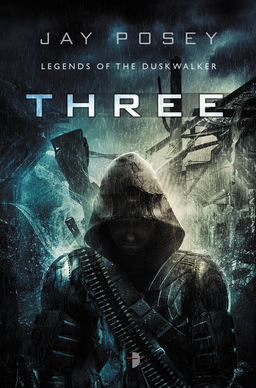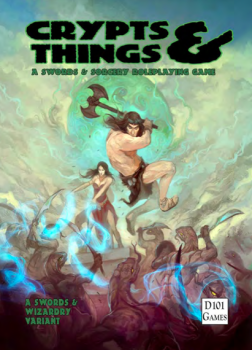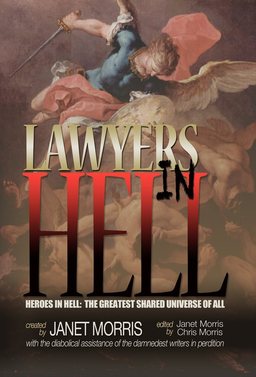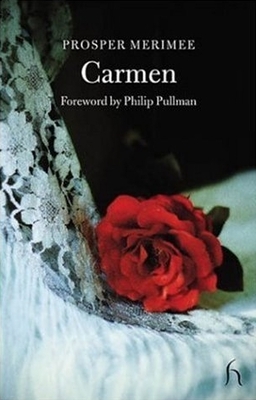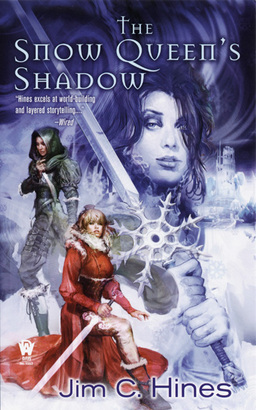The Horror! Weird of Oz Introduces 5 Weeks of Frights
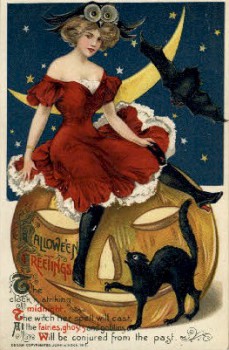 There are ghosts roaming around / Don’t you hear that spooky sound? / They’re out to scare / It’s like a nightmare / There are ghosts roaming around / Tonight’s their night / They’re out to fright / There are ghosts roaming around / Where oh where? / I think one’s there! / There are ghosts roaming around — Nick Ozment, 3rd grader, 1980
There are ghosts roaming around / Don’t you hear that spooky sound? / They’re out to scare / It’s like a nightmare / There are ghosts roaming around / Tonight’s their night / They’re out to fright / There are ghosts roaming around / Where oh where? / I think one’s there! / There are ghosts roaming around — Nick Ozment, 3rd grader, 1980
Okay, that is one of the earliest pieces of writing I have, about thirty-three years ago. As you can see, my themes haven’t changed much. October is my favorite month.
Sooo, throughout October, my Black Gate blog posts are all going to be horror-themed, building up to my favorite holiday (which I spell with an apostrophe), Hallowe’en.
For those readers who have been following my blogging of Arak, Son of Thunder through the first 10 issues of its 50-issue run, fear not! I will be returning to that in November (so you’ll have to wait a month for another installment, coincidentally the typical wait for a new issue of an actual comic).
Ghosts and hauntings are on my mind pretty much year-round (for the record, I consider myself an open-minded skeptic). Nary a month goes by that I don’t watch a horror film or read a horror story or do some prying into the paranormal, and this month in particular such thoughts will be at the forefront of my haunted lobes.




